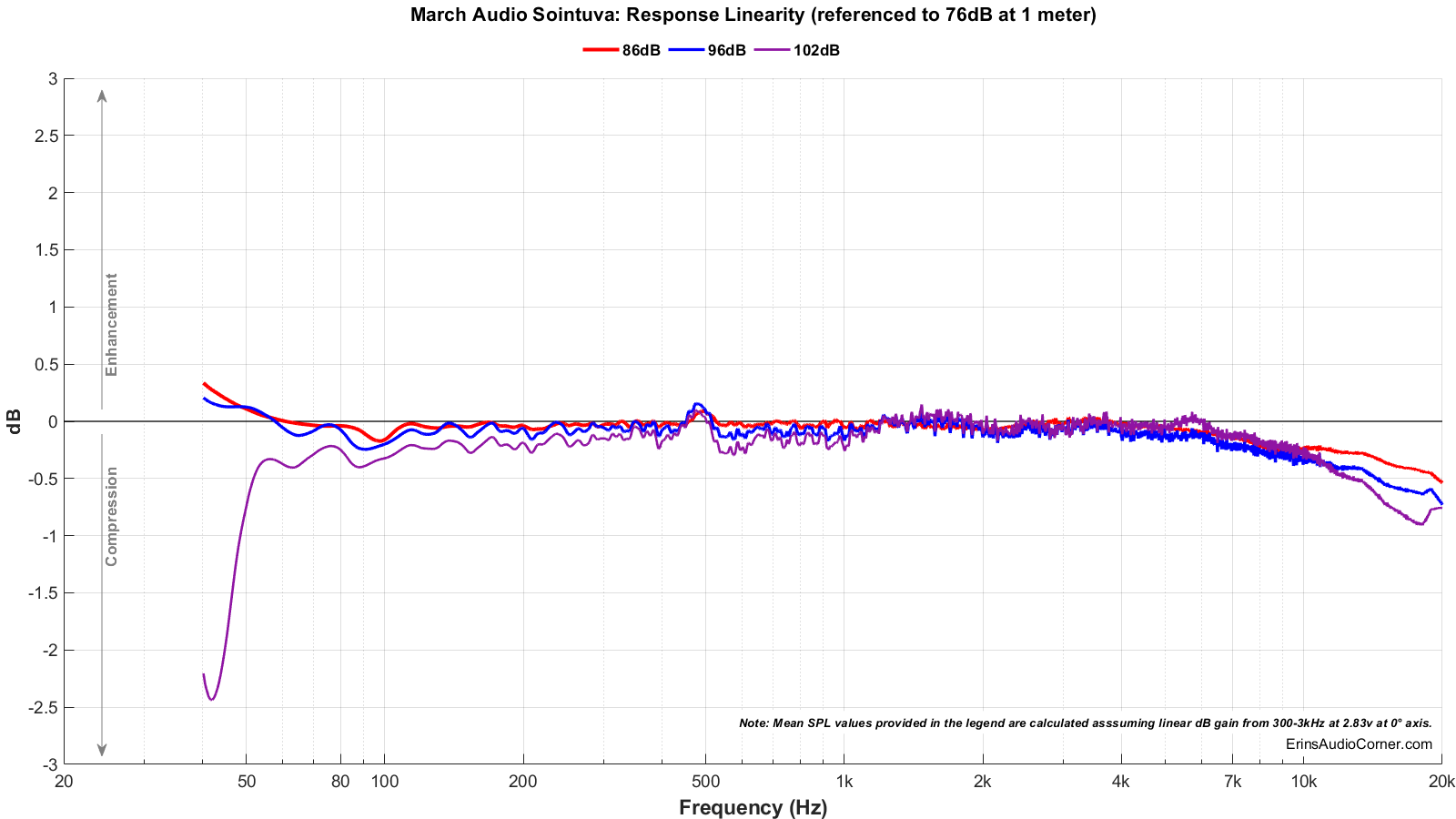The cabinet volume difference isn’t really that much. Usually it’s about the same as a reflex alignment. Reflex just adds the port volume. What you do need though, is more surface area. You needs at least a passive radiator with twice the SD of the active driver, preferably 3x. All these PR’s need to go somewhere..
Ports have their own issues. For a smaller speaker, a large enough port is mostly fine. For low tuning, a port can quickly be very long and large. Taking up considerable volume and are prone to resonances. In those cases a few massive PR’s can really work very well.
Yeah, passive radiator gives on paper a very idealized port response minus the port resonance and problems. And not more distortion, unless you don't take into account the massive excursion you get from the passive radiators, which is solved with 2x or more radiators!
The thing about passive radiators is they typically will be tuned with higher moving mass than the driver they are paired with, by a large margin. For instance, a Seas L26ROY active subwoofer driver has moving mass of 118 grams, the matching SL26R passive is 273 grams. A single passive will walk the subwoofer all over the room if driven near resonance, making a heck of a racket from the suspension and the box and the rattling. Adding a second passive or a bigger passive will certainly reduce the excursion but the additional mass is large (~200 grams of additional mass per passive in the case of the SL26R). The problem is so easily solved by pairs on opposite sides of the cabinet. And it seems like so many passives for sale are not doing the work to deal with the few problems that passives introduce. Instead we have these little cubes with high mechanical noise, distortion, and resonances.


